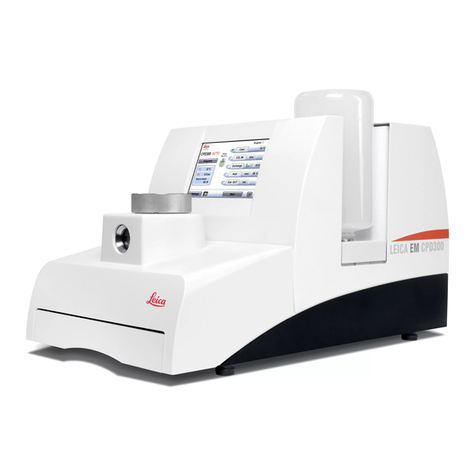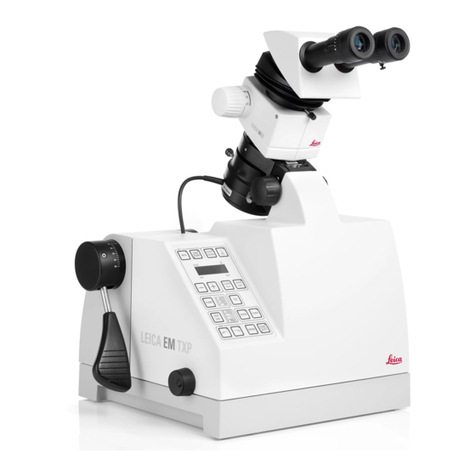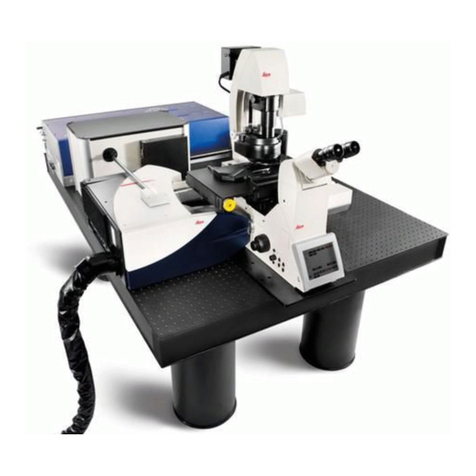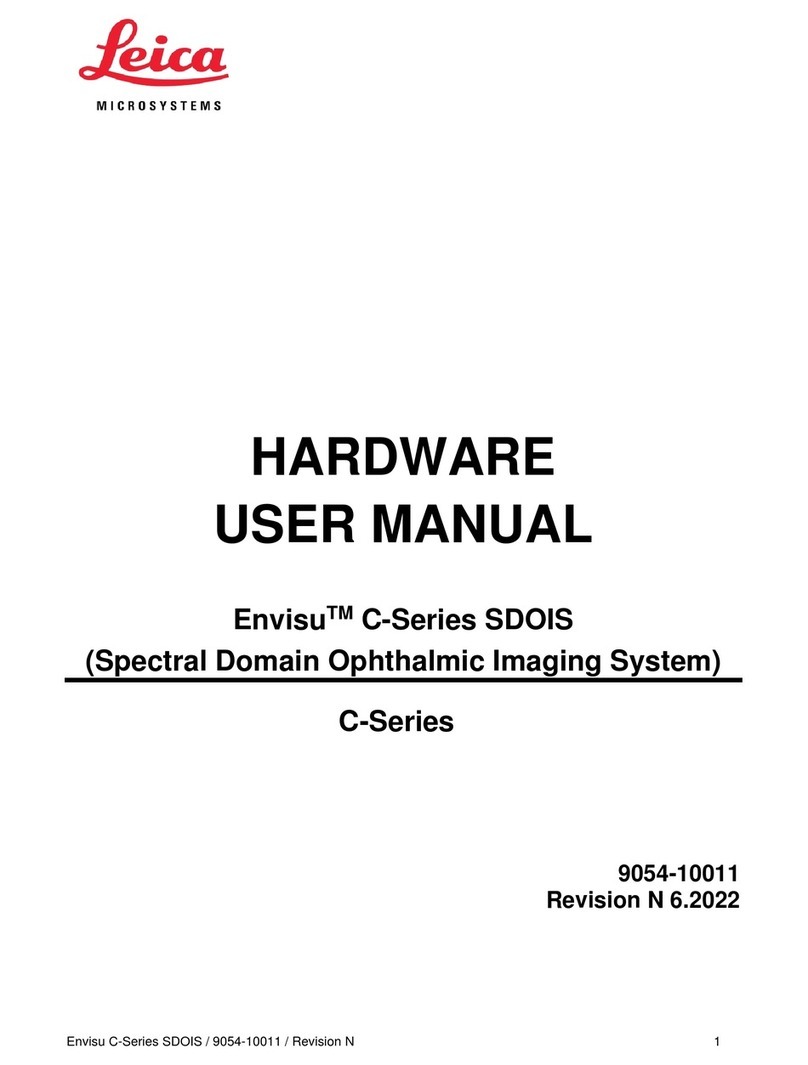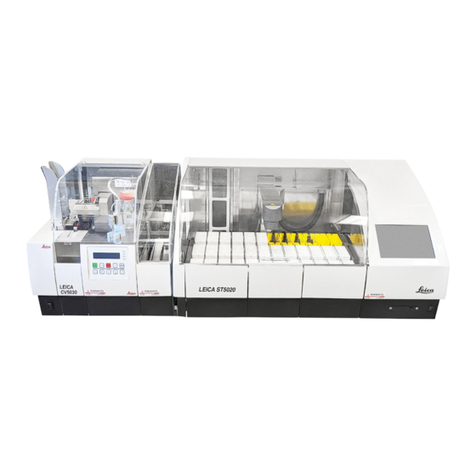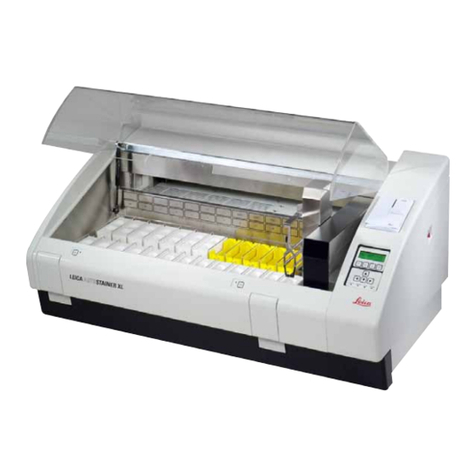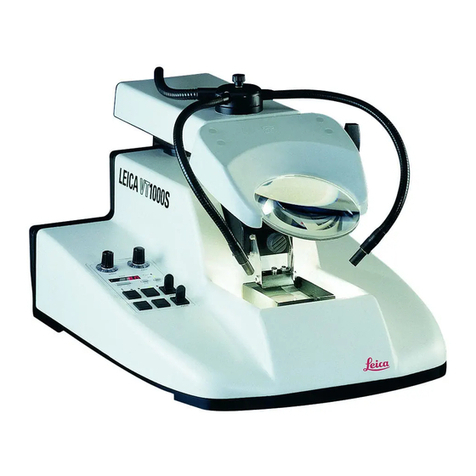
4Instruction manual V 2.3 – 02/2009
Table of contents
1. Important notes .................................................................................................................................................................................... 5
1.1 Symbols in the text and their meaning ....................................................................................................................................................... 5
1.2 Qualification of personnel ............................................................................................................................................................................. 5
1.3 Designated use ............................................................................................................................................................................................... 5
1.4 Instrument type ............................................................................................................................................................................................... 5
2. Safety ..................................................................................................................................................................................................... 6
2.1 Safety instructions ......................................................................................................................................................................................... 6
2.2 Warnings .......................................................................................................................................................................................................... 6
2.3 Integrated safety devices ............................................................................................................................................................................. 8
3. Instrument components and specifications .................................................................................................................................. 10
3.1 Overview - instrument components .......................................................................................................................................................... 10
3.2 Instrument specifications ........................................................................................................................................................................... 11
3.3 Technical data .............................................................................................................................................................................................. 12
4. Setup .................................................................................................................................................................................................... 13
4.1 Installation site requirements .................................................................................................................................................................... 13
4.2 Standard delivery ......................................................................................................................................................................................... 13
4.3 Unpacking andinstallation .......................................................................................................................................................................... 14
4.4 Inserting the specimen clamp .................................................................................................................................................................... 15
4.5 Fastening the specimen clamp directly to the fixture ............................................................................................................................ 16
4.6 Mounting the knife holder base ................................................................................................................................................................. 17
4.7 Mounting the knife holder ........................................................................................................................................................................... 17
5. Operation ............................................................................................................................................................................................. 18
5.1 Clamping the specimen ............................................................................................................................................................................... 18
5.2 Inserting the knife / disposable blade ....................................................................................................................................................... 18
5.3 Adjusting the clearance angle ................................................................................................................................................................... 19
5.4 Orienting the specimen (possible only with orienting fixture for specimen clamps) ...................................................................... 20
5.5 Trimming the specimen ............................................................................................................................................................................... 21
5.6 Sectioning ...................................................................................................................................................................................................... 23
5.7 Changing specimen ...................................................................................................................................................................................... 23
5.8 Accessories ................................................................................................................................................................................................... 24
5.8.1 Standard specimen clamp .......................................................................................................................................................................... 24
5.8.2 Vee insert ....................................................................................................................................................................................................... 24
5.8.3 Foil clamp type 1 ........................................................................................................................................................................................... 25
5.8.4 Foil clamp type 2 ........................................................................................................................................................................................... 26
5.8.5 Universal cassette clamp ............................................................................................................................................................................ 26
5.8.6 Holder for round specimens ....................................................................................................................................................................... 27
5.8.7 Knife holder base .......................................................................................................................................................................................... 28
5.8.8 Knife holder N ............................................................................................................................................................................................... 29
5.8.9 Knifeholder E ................................................................................................................................................................................................. 30
5.8.10 Overview - accessories ............................................................................................................................................................................... 33
5.9 Optional accessories (ordering information) .......................................................................................................................................... 34
6. Cleaning and maintenance ............................................................................................................................................................. 35
6.1 Cleaning the instrument .............................................................................................................................................................................. 35
6.2 Maintenance instructions ........................................................................................................................................................................... 37
7. Troubleshooting ................................................................................................................................................................................. 38
7.1 Possible errors .............................................................................................................................................................................................. 38
7.2 Malfunction ................................................................................................................................................................................................... 38
8. Warranty and service ....................................................................................................................................................................... 39
EC Declaration of Conformity ........................................................................................................................................................... 40



